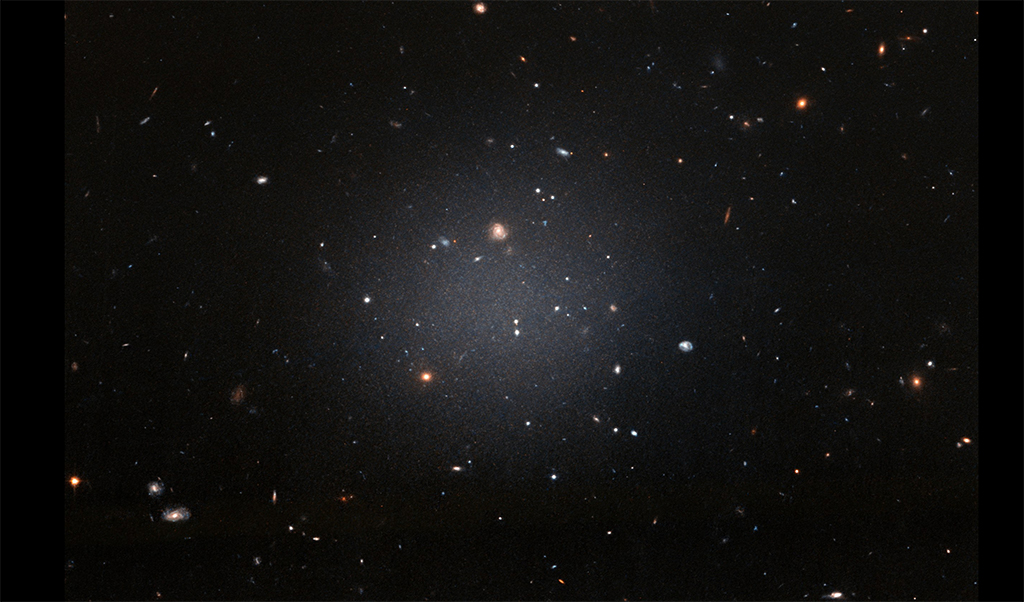Raúl Jiménez – Universitat de Barcelona (UAB)
The existence of dark galaxies, those that should have none or negligible starlight, was predicted by us almost 25 years ago. At that time, none of these dark galaxies had been found and its existence reminded very doubtful as it seemed very difficult to stop the processes that trigger star formation. However, blind surveys in the radio, at rest wavelengths of 21cm, that search for the forbidden spin flip transtion of the hidrogen atom, have recently demonstrated that these galaxies do exist.They contain only hydrogen and almost no visible stars. In fact, their abundance is in perfect agreement with our theoretical predictions. Not only that, we have shown that their physical origin is the one proposed by us: the high spin of their host dark matter halo makes the baryons settle into a disk that is too difusse as to allow star formation to proceed as it does in our Milky Way. This origin is intimately related to the nature of dark matter, as primordial tidal forces in the hierarchical cold dark matter model (LCDM) do predict the right abundance for these galaxies. In this respect, dark galaxies are a confirmation of the current cosmological model.
